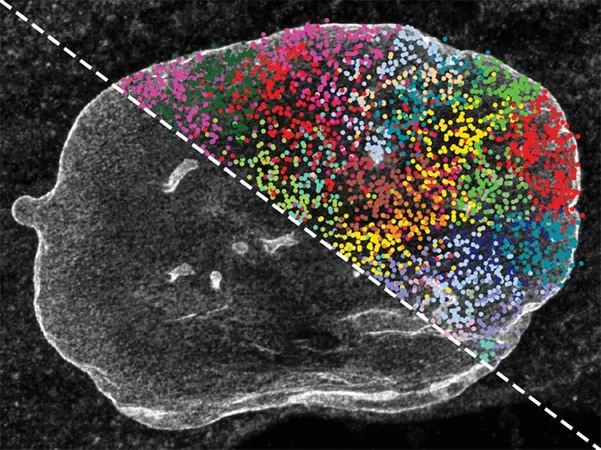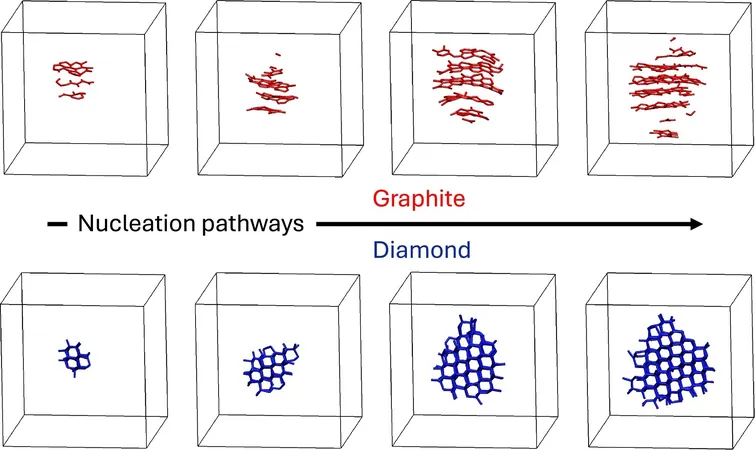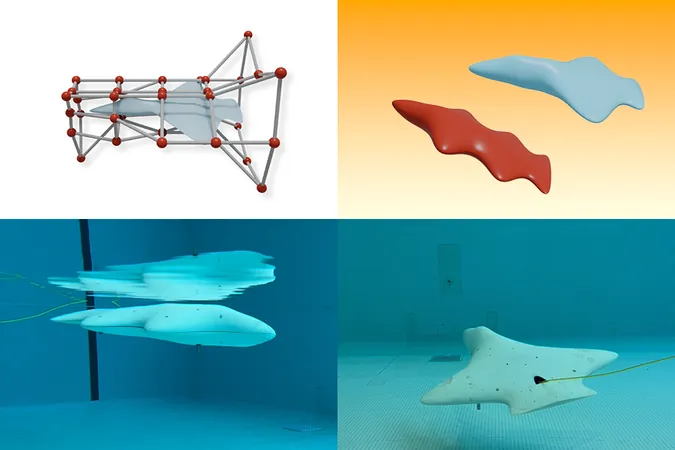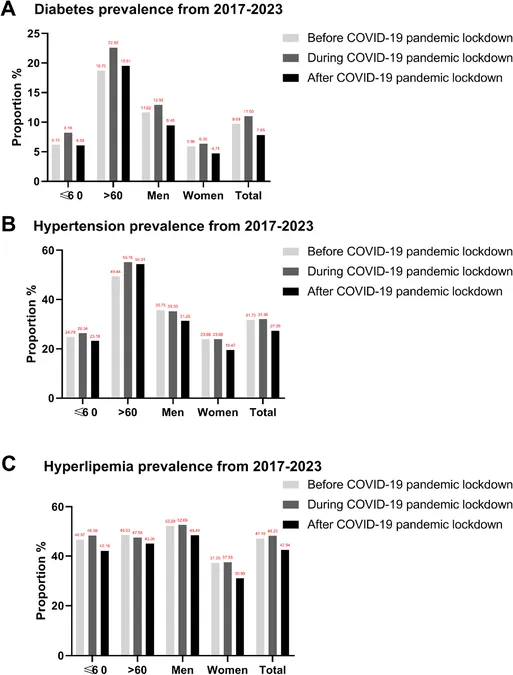
Revolutionary Multiomics Technique Unveils DNA and Protein Interaction in Cells
2025-05-30
Author: Daniel
Unlocking the Secrets of Genome Organization
Imagine cramming 2 meters of DNA into a microscopic nucleus! Scientists have long been fascinated by how our genetic material is so intricately organized. While we know that proteins help wind DNA into compact structures, the enigmatic specifics of this organization still hold many secrets.
A Groundbreaking Study from the Broad Institute
In a cutting-edge study published in *Science*, researchers from the Broad Institute of MIT and Harvard have developed an innovative method to explore these mysteries. Driven by the expertise of Fei Chen and Jason Buenrostro, this study combines in situ sequencing with expansion microscopy to gain deeper insights into how DNA interacts with proteins inside the densely packed nucleus.
How It Works: Expansion Microscopy Explained
So, how does this newfound technique work? Expansion microscopy enhances imaging resolution by infusing cells with a hydrogel polymer that binds to biological molecules. Adding water to this gel causes it to swell—much like inflating a balloon. As the cell expands, scientists can visualize the previously cramped components with greater clarity using fluorescence microscopy.
Revealing Genetic Landscapes—One Barcode at a Time
The research team cleverly inserted short DNA barcodes into the genome, then utilized in situ sequencing to identify these barcodes post-expansion. This allowed them to match these barcodes with longer DNA sequences gathered from traditional sequencing methods, reconstructing the location of approximately 5,000 DNA reads per nucleus. Remarkably, this is ten times the amount captured by previous techniques!
Practical Insights: Studying Progeria Cells
To put their method to the test, the researchers analyzed skin cells from individuals with progeria—a genetic disorder caused by abnormalities in the chromatin-organizing protein lamin, leading to accelerated aging. Their findings were striking: in progeria cells, lamin structures appeared to create hotspots for gene silencing, targeting genes that should be active in skin cells. However, the specific genes affected varied across different cells.
The Future of Genomic Research
This transformative research not only sheds light on the organization of our genomes but also opens new avenues for understanding genetic disorders. As we unravel the complex dance between DNA and proteins, the potential for groundbreaking discoveries in gene expression and regulation is limitless.






 Brasil (PT)
Brasil (PT)
 Canada (EN)
Canada (EN)
 Chile (ES)
Chile (ES)
 Česko (CS)
Česko (CS)
 대한민국 (KO)
대한민국 (KO)
 España (ES)
España (ES)
 France (FR)
France (FR)
 Hong Kong (EN)
Hong Kong (EN)
 Italia (IT)
Italia (IT)
 日本 (JA)
日本 (JA)
 Magyarország (HU)
Magyarország (HU)
 Norge (NO)
Norge (NO)
 Polska (PL)
Polska (PL)
 Schweiz (DE)
Schweiz (DE)
 Singapore (EN)
Singapore (EN)
 Sverige (SV)
Sverige (SV)
 Suomi (FI)
Suomi (FI)
 Türkiye (TR)
Türkiye (TR)
 الإمارات العربية المتحدة (AR)
الإمارات العربية المتحدة (AR)